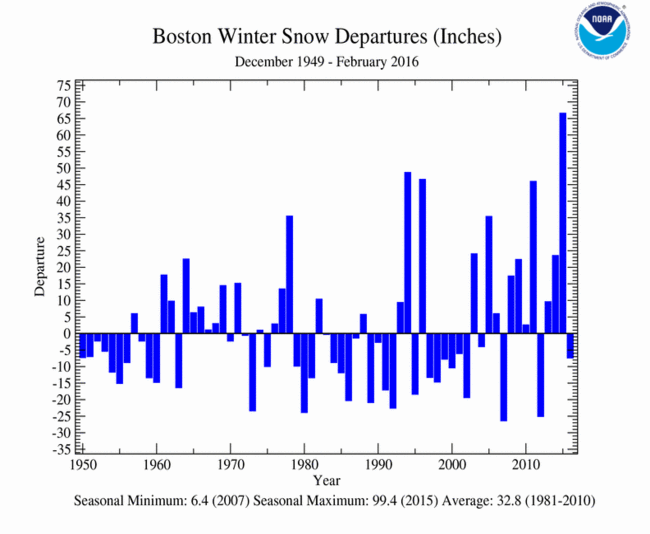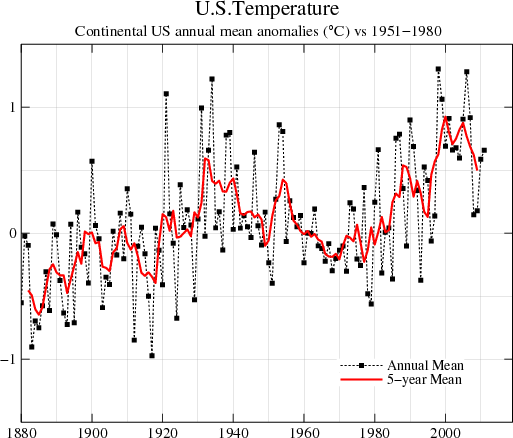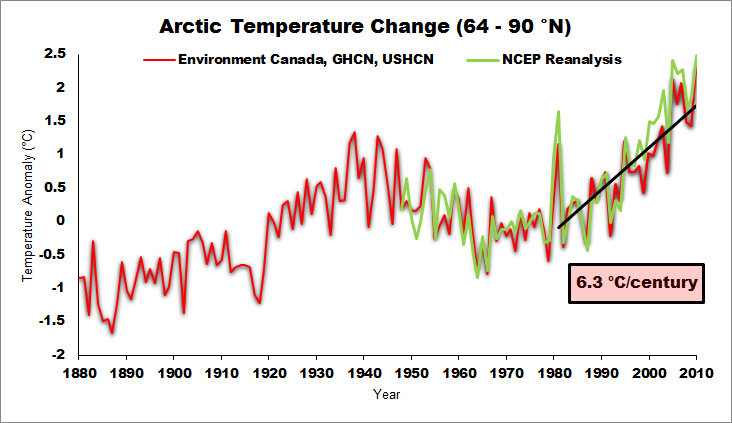Researchers from University of Connecticut are preparing a paper on migratory fluctuations of North American avian species (birds).
It is interesting to find out in the last five years the migratory paths of ducks and geese have become later by some 30-45 days indicating that their summer feeding grounds (north) are not producing foods as long as they once used to do.
This year they found that medium weight birds remained in their winter feeding grounds an extra 50+ days before heading north. They also found that light weight birds (humming birds and other light weight fair weather birds) are still in their winter feeding grounds even today when just 20 years ago they were as far north as Montana by this time of the year.
Empirical Evidence is showing a climatic shift and it isn't a warming one.
New research shows climate change is altering the delicate seasonal clock that North American migratory songbirds rely on to successfully mate and raise healthy offspring, setting in motion a domino effect that could threaten the survival of many familiar backyard bird species.
A growing shift in the onset of spring has left nine of 48 species of songbirds studied unable to reach their northern breeding grounds at the calendar marks critical for producing the next generation of fledglings, according to a paper published today in Nature Scientific Reports.
Migratory birds arriving late to breeding grounds












